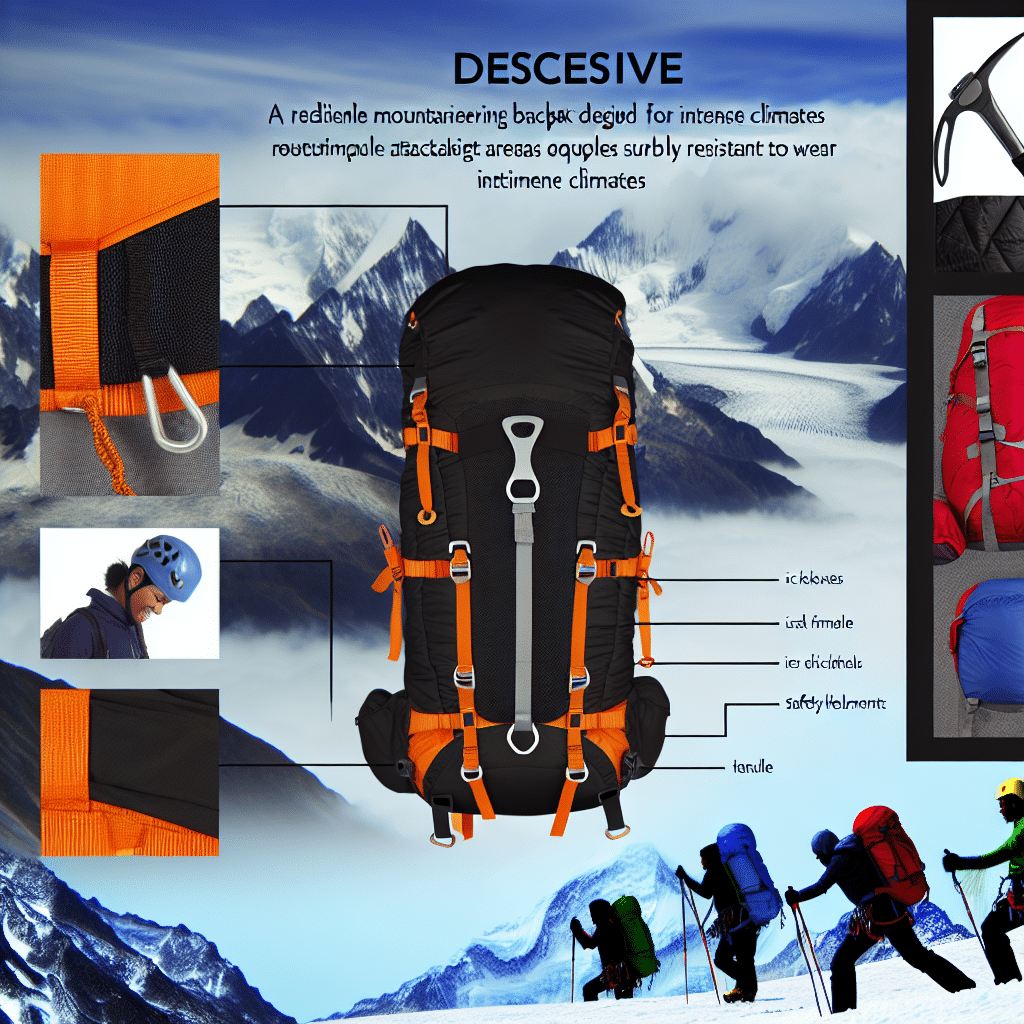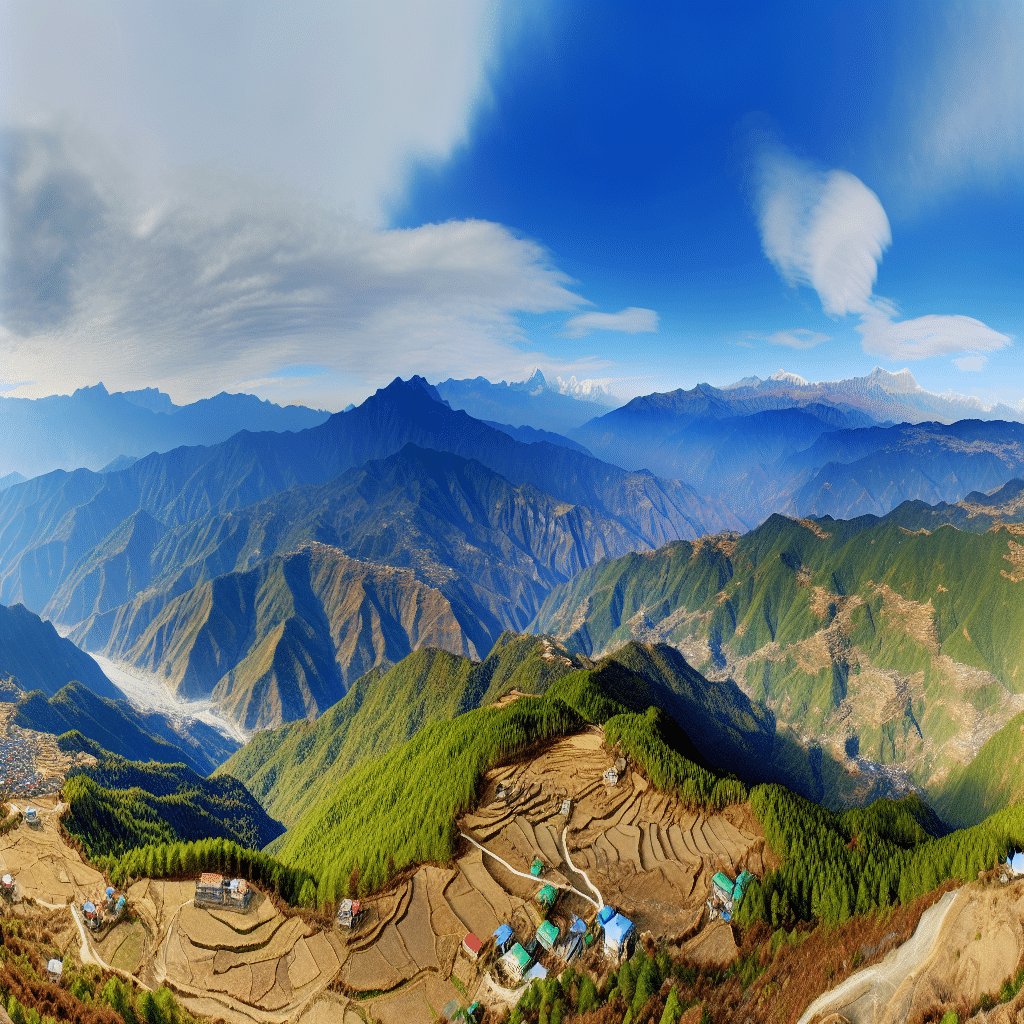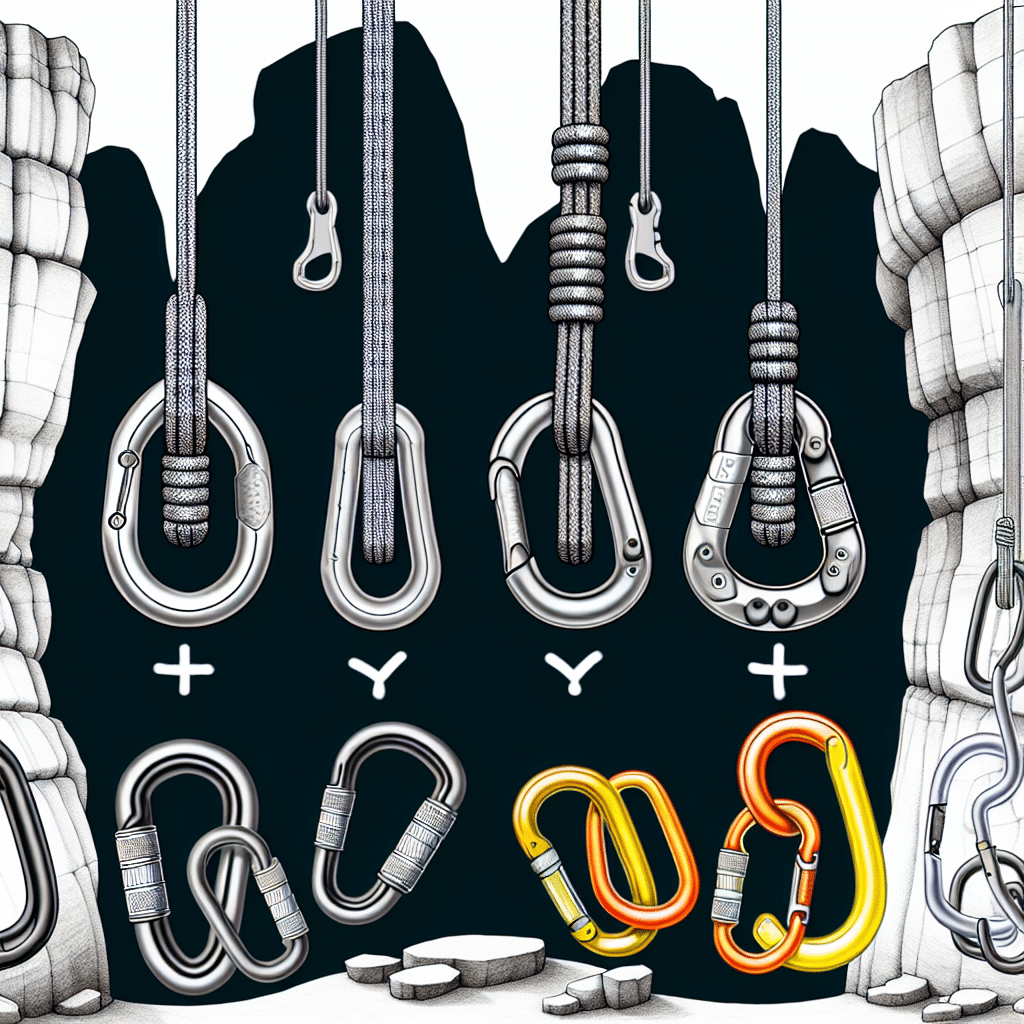Mountaineering is an adventurous activity that challenges both the body and mind. Whether you’re scaling the icy peaks of the Himalayas or trekking through the rugged terrain of the Rockies, having the right equipment is crucial. Among the essential gear, a reliable mountaineering backpack stands out as a critical piece. But what makes the perfect mountaineering backpack, and how can you choose the one that best suits your needs? This comprehensive guide will dive deep into everything you need to know.

What Makes a Mountaineering Backpack Different?
A mountaineering backpack isn’t just any backpack; it is specifically designed to withstand extreme conditions and carry specialized gear that mountaineers need. Here’s how a mountaineering backpack stands apart from regular hiking or daypacks:
Durability and Material
One of the most defining characteristics is the use of high-durability materials. Typically, these backpacks are made with robust, abrasion-resistant fabrics such as ripstop nylon or polyester. Reinforcements in high-wear areas ensure that the pack can withstand harsh conditions and rough handling.
Load Carrying Capacity
Mountaineering backpacks are designed to carry heavy loads. With capacities ranging from 40 to 100 liters, these packs can hold everything from food and water to climbing ropes and crampons. Their frame systems, often made from aluminum or carbon fiber, are engineered to distribute weight evenly, reducing strain on your back and shoulders.
Attachment Points and Accessibility
A good mountaineering backpack will come with multiple attachment points for gear like ice axes, trekking poles, and helmets. Quick-access pockets and compartments for essential items like maps, compasses, and snacks are indispensable, especially during intense climbs.
How to Choose the Right Mountaineering Backpack?
When it comes to selecting the ideal mountaineering backpack, several factors come into play. Here are some crucial aspects to consider:
Volume and Size
The volume of the backpack should correspond to the duration and nature of your trips. For day climbs or short trips, a 40-50 liter pack might suffice. For multi-day expeditions, look for packs ranging from 60 to 80 liters. Ensure that the size of the backpack fits your torso length and body shape. Many manufacturers offer adjustable harness systems to provide a better fit.
Comfort and Fit
Comfort is paramount when carrying heavy loads over long distances. Look for features like padded shoulder straps, a well-cushioned hip belt, and an adjustable sternum strap. Ventilation is also a key factor; well-ventilated back panels can help reduce sweating and discomfort.
Weight
While durability and capacity are important, you don’t want a backpack that is excessively heavy when empty. Aim for a balance between weight and durability. Modern mountaineering backpacks often incorporate lightweight yet strong materials to achieve this balance.
Special Features
Depending on your specific needs, you may want to look for additional features like hydration system compatibility, integrated rain covers, or specialized compartments for avalanche safety gear. These features can add convenience and enhance your overall experience.
Essential Maintenance Tips for Your Mountaineering Backpack
Even the most durable mountaineering backpack requires regular maintenance to prolong its life. Here are some tips to keep your pack in top shape:
Cleaning
After each trip, empty your backpack and shake out any debris. Use a damp cloth to clean the exterior and interior. Avoid using harsh chemicals that can damage the fabric; instead, opt for mild soap and water. Let your backpack air dry completely before storing it.
Inspecting for Wear and Tear
Regularly check for any signs of wear and tear, especially around seams, zippers, and attachment points. Address minor repairs immediately to prevent small issues from becoming larger problems.
Proper Storage
Store your backpack in a cool, dry place away from direct sunlight, which can degrade the materials over time. Avoid hanging the backpack by its shoulder straps; instead, lay it flat or store it on a shelf.
Why Investing in a Quality Mountaineering Backpack Matters
Safety and Efficiency
A quality mountaineering backpack ensures that all your essential gear is easily accessible and well-organized. This efficiency can be crucial in emergency situations, where every second counts.
Longevity and Durability
While high-quality backpacks can be expensive, they are designed to last. Investing in a good mountaineering backpack can save you money in the long run, as it will likely outlive cheaper alternatives.
Comfort and Support
A well-designed backpack minimizes strain and fatigue, allowing you to focus more on the climb and less on discomfort. Features like ergonomic designs and advanced frame systems significantly enhance your climbing experience.
Conclusion: Your Adventure Awaits
Choosing the right mountaineering backpack is a vital part of preparing for any climbing adventure. By considering factors like volume, comfort, durability, and special features, you can find a pack that meets your specific needs and enhances your overall mountaineering experience. So, gear up with the perfect mountaineering backpack and let the mountains call you to your next adventure!



